Highly anticipated: After months of teasing and talk, Microsoft’s next-gen Xbox family is nearly ready for prime time. The Xbox Series X and Series S arrive on November 10, 2020, as one of two major console launches this holiday season. Each offers a unique aesthetic and blend of hardware targeting price points of $499 and $299 for the Xbox Series X and Series S, respectively.
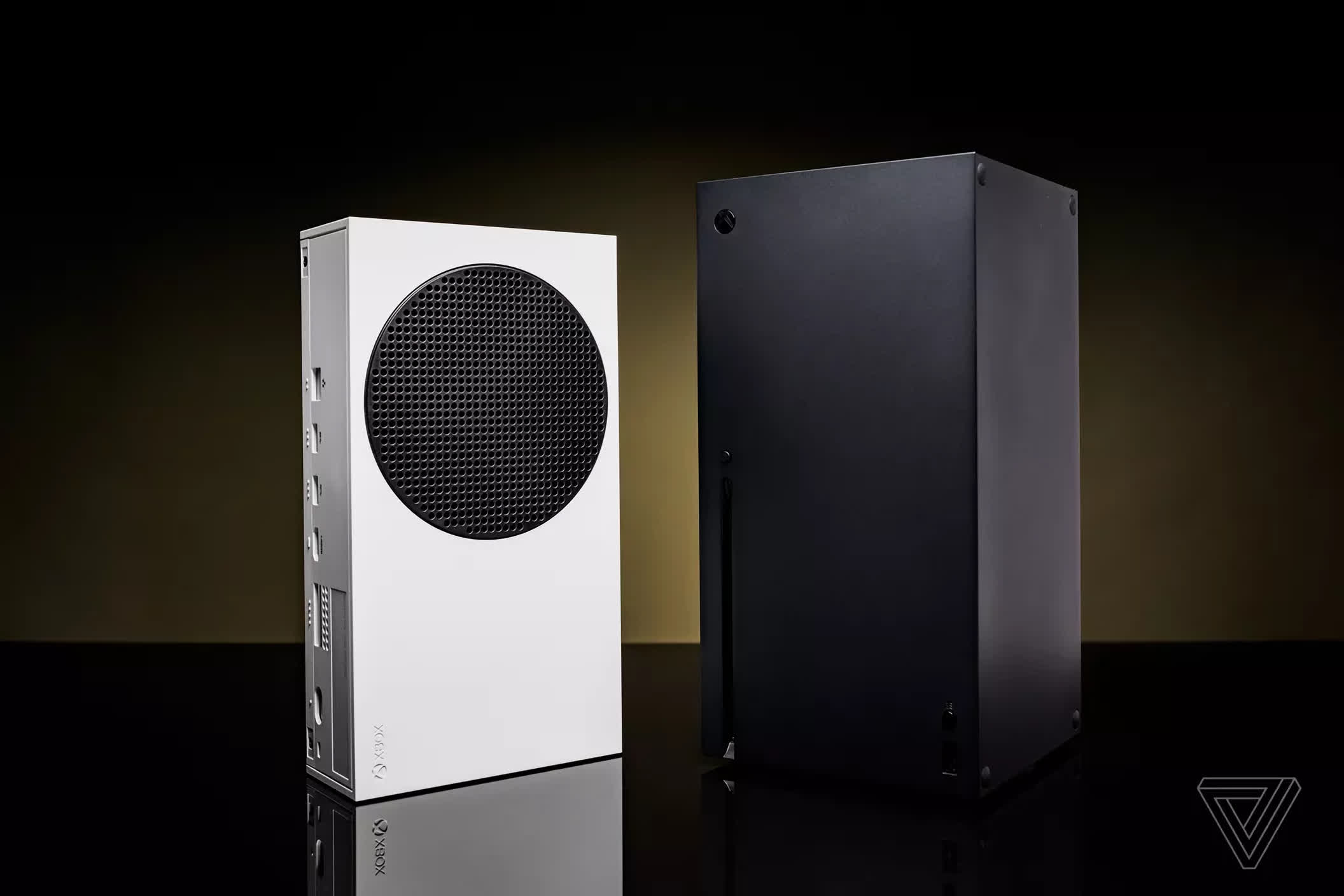
For a deeper dive on exactly what to expect from Microsoft’s vision of next-gen console gaming, we turn to the first wave of reviews hitting the web today. We’ll start with the more capable (and expensive) Xbox Series X.
Tom Warren with The Verge shares his thoughts on the console’s ho-hum design:
Microsoft has squeezed all of the components of the Xbox Series X into a boxy, rectangular, tower-like case. It looks like a compact PC but with an unassuming design that looks far better standing vertically than it does laying horizontally (just like most PCs). The base of the Xbox Series X isn’t removable, and (unlike the PS5) the console is not designed to be opened up. When placed horizontally, it’s fair to say that the Xbox Series X looks like it fell over with the base permanently attached. I’m not in love with the design, but I’m also not bothered by it. It’s a black box you stick under your TV and forget about, as long as you’re able to fit it under your TV.
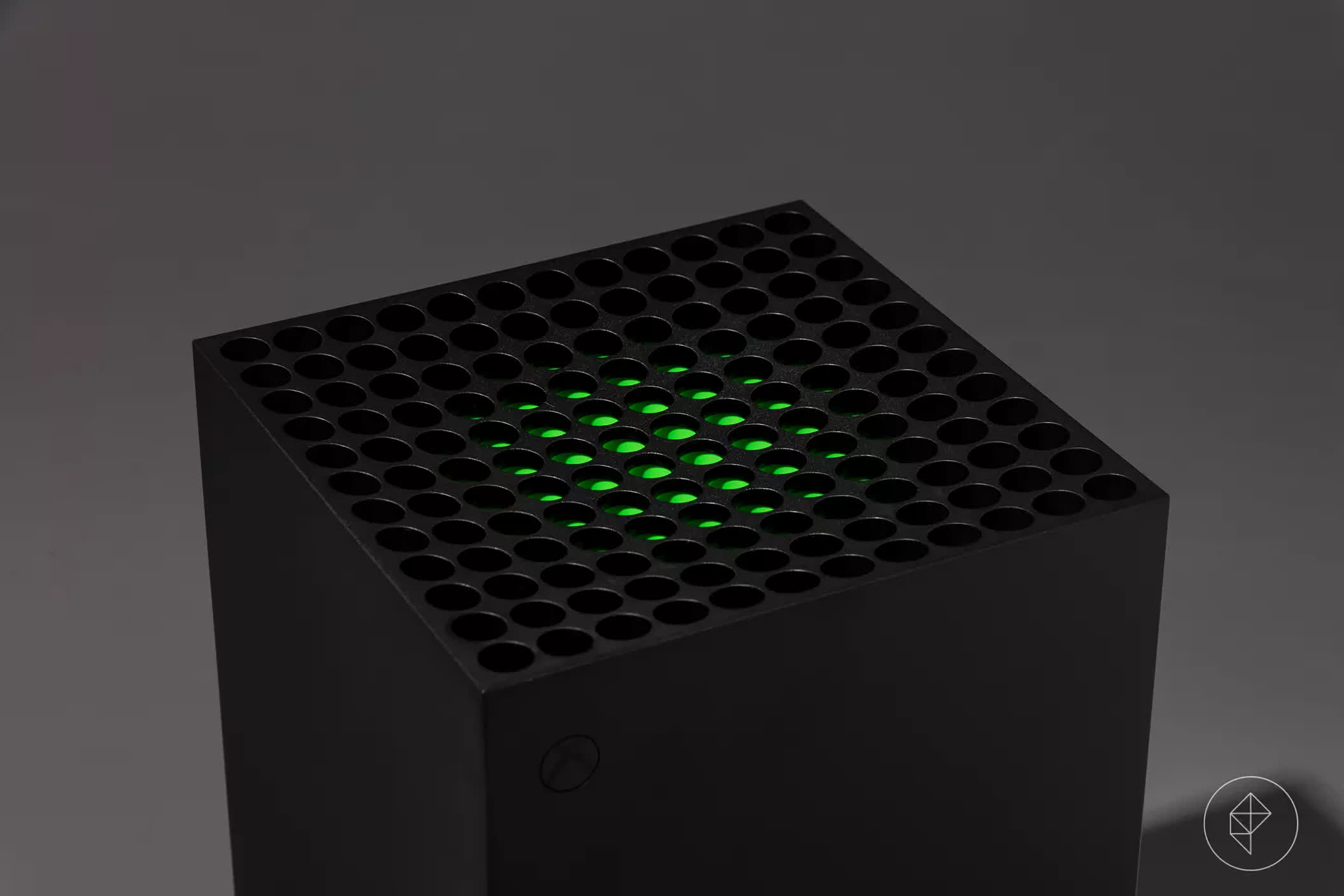
(Image courtesy Henry Hargreaves, Polygon)
Kotaku’s Mike Fahey gives another perspective on the machine’s aesthetic:
The Xbox Series X is the most boxlike Xbox that Microsoft has ever produced. It’s a cuboid: 12 inches tall, six inches deep, and six inches wide, all right angles and fine matte black plastic. I adore its simplicity. It’s a box with a modest, circular X-logo button in the top left or top right corner, depending on whether you place it horizontally or vertically. Pressing that button causes the system to emit the same three-note beep as pressing the circular X-logo button on the Xbox One.
Personally, I feel the Xbox Series X borrows heavily from the design of Silverstone’s FT03 micro ATX chassis. I’ve even wondered if the two collaborated on the project or if Silverstone licensed the design to Microsoft. Probably not, but it’s just a thought.
Looks only get you so far; it’s what’s on the inside that counts, as Engadget’s Devindra Hardawar notes:
The Xbox Series X is powered by a custom 8-core Zen 2 CPU running up to 3.8GHz and a powerful new 12-teraflop RDNA 2 GPU. That's impressive, but remember it's pretty much the same hardware that's inside of the PS5. The difference is that Microsoft’s console has a larger GPU to eke out a couple more TFLOPs of performance. While they both offer 16GB of fast GDDR6 RAM, Microsoft offers faster bandwidth than the PS5 for 10GB of that memory. The remaining 6GB, meanwhile, runs slower than Sony's console.
The Series X also features a speedy 1TB NVMe SSD, which is light years faster than the slow mechanical drives in the previous Xbox consoles. If you've moved from a laptop with a traditional hard drive to an SSD, it's pretty much the same leap. The Xbox Series X is able to move large data files much faster and with less latency, which is key for the massive textures 4K gaming demands.
That’s great, but how does it translate to the real world? Chris Burns with SlashGear comments on revisiting some older titles:
Games that I’ve played for months, or years, are revitalized. For example I loaded Sunset Overdrive, a game released in the year 2014. I’ve come back to this game for over a half-decade because it’s a semi-open-world entertainment system of sorts – it doesn’t get old. This is not a game that’s been specifically optimized for enhanced gameplay on Xbox Series X – but it looks better, loads faster, and feels like it’s been given a visual boot in the pants.
The real star of the show, however, is the 1TB NVMe SSD, as IGN’s Ryan McCaffrey highlights:
The Series X’s superstar feature is its 1TB NVMe SSD drive. Games played from there, new and old alike, show tremendously impressive loading time improvements. Red Dead Redemption 2, which takes 2:43 to go from Dashboard to playing on the Xbox One X, does so in just 1:05 on the Series X. Halo 5 improves from 1:07 to 0:25. Control went from 2:24 to 1:03. And State of Decay 2 took just 30 seconds on the Series X versus 1:06 on the One X. The SSD affects absolutely everything on this console in an utterly life-changing way. When you consider all the hours we’ve wasted staring at loading screens this past generation, this is arguably a bigger leap forward for console gaming than 4K.
Choice is also big, as Warren touches on:
I’m also encouraged to see that a choice is emerging in Xbox games. That’s something we’ve seen in current-gen games, with video options like FOV sliders you typically only find on PCs. Dirt 5 and Gears 5 are good examples of this choice, allowing you to enable a 120Hz mode for the higher frame rates and smoother gameplay or focus on a 4K target with image quality prioritized.
I’m hoping we see these choices on many optimized Xbox Series X titles in the future.
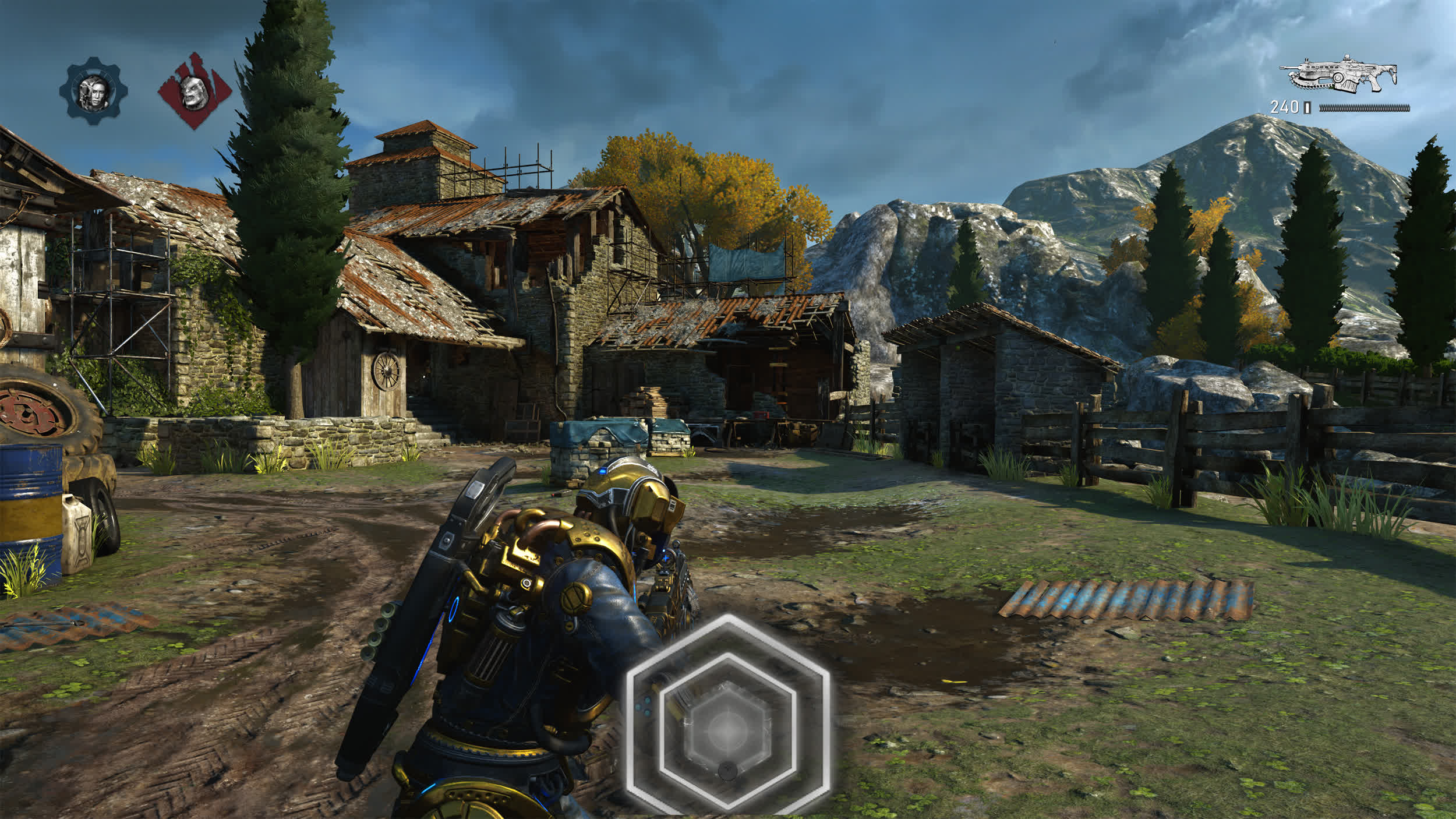
(Gears 5 live multiplayer gameplay, 120 fps refresh, Xbox Series X version, courtesy Ars Technica)
But what about the new games? Well, that’s a bit harder to put into words as Chris Morris with Digital Trends notes:
You’d think there would be more to say on performance, but there isn’t, and that (again) is due to the lack of launch titles. This is the part of the review where amazingly beautiful new open-world titles might be discussed. Unfortunately, that game doesn’t exist for the Series X at launch. There’s no question this is a powerful console — by the numbers, it’s (a bit) faster than the PlayStation 5. Unfortunately, the hardware is currently underutilized.
Indeed, this is the point where virtually all of the early reviews converge into the same conclusion: the Xbox Series X is seriously powerful hardware that is in desperate need of some exclusive games. Polygon’s Chris Plante hammers this point home:
Thanks to a series of flashy acquisitions, including the in-progress purchase of Bethesda Softworks, the Xbox Series X will eventually have a smorgasbord of exclusive games of varying genres and scopes. But at launch, it has no major exclusive. None.
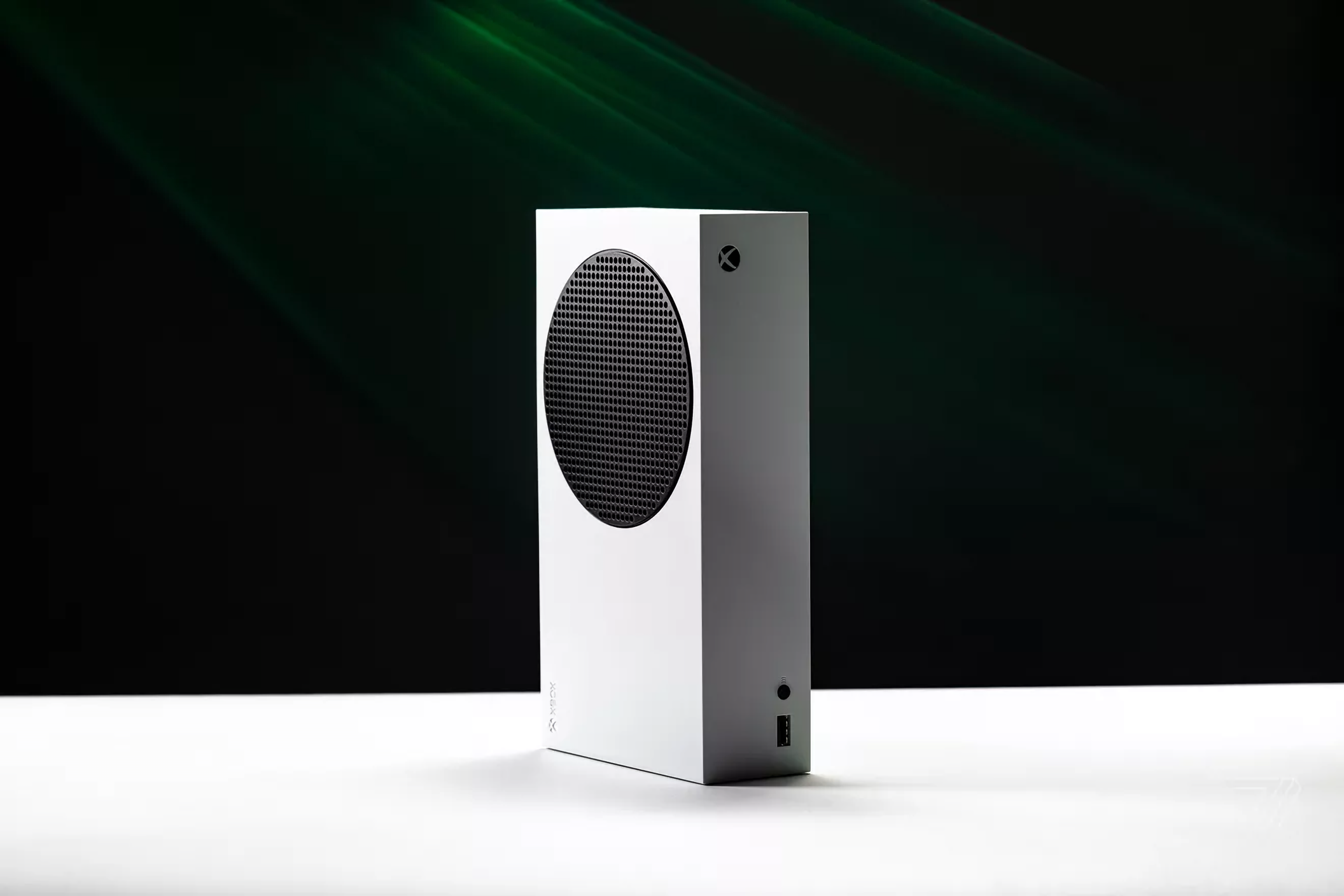
(Image courtesy Vjeran Pavic, The Verge)
The Series X's ally in the next-gen console wars is the Xbox Series S, a smaller and more affordable alternative to the big black box. Ars Technica's Sam Machkovech gets us going:
Where Series X is a chonky cuboid, shaped juuuust awkwardly enough for any average entertainment center's shelves, Series S is an itty-bitty baby. At 10.8" x 5.9" x 2.5" (275mm x 151mm x 63.5mm), its total volume is about 61 percent of 2016's Xbox One S. Both that console and 2017's Xbox One X are roughly 2.5" at their slimmest side, as well, so you can slide either older console out of a given shelf and swap Series S in its place.
Series S gets smaller in a few ways, and the most evident is its lack of an optical media drive. If you want to play old or new games on Series S, your only option is some form of online download, whether that's via Xbox Live Gold giveaways, Xbox Game Pass subscriptions, or a la carte purchases through the Xbox Marketplace. There's no way to, say, trade old discs to a store clerk to get digital download licenses.
Here's what you'll find under the hood, courtesy of Jessica Conditt from Engadget:
The Series S has a 4 teraflop GPU, 10GB of RAM, and a 512GB internal SSD. In practice though, the console has 362GB of free space out of the box, with the difference lost to pre-loaded software and background functions. The Series S is capable of hitting resolutions of 1440p and supports variable refresh rates up to 120 fps, though don’t expect many games to do both at the same time. For most titles, the sweet spot is going to be 1080p and 60 fps.
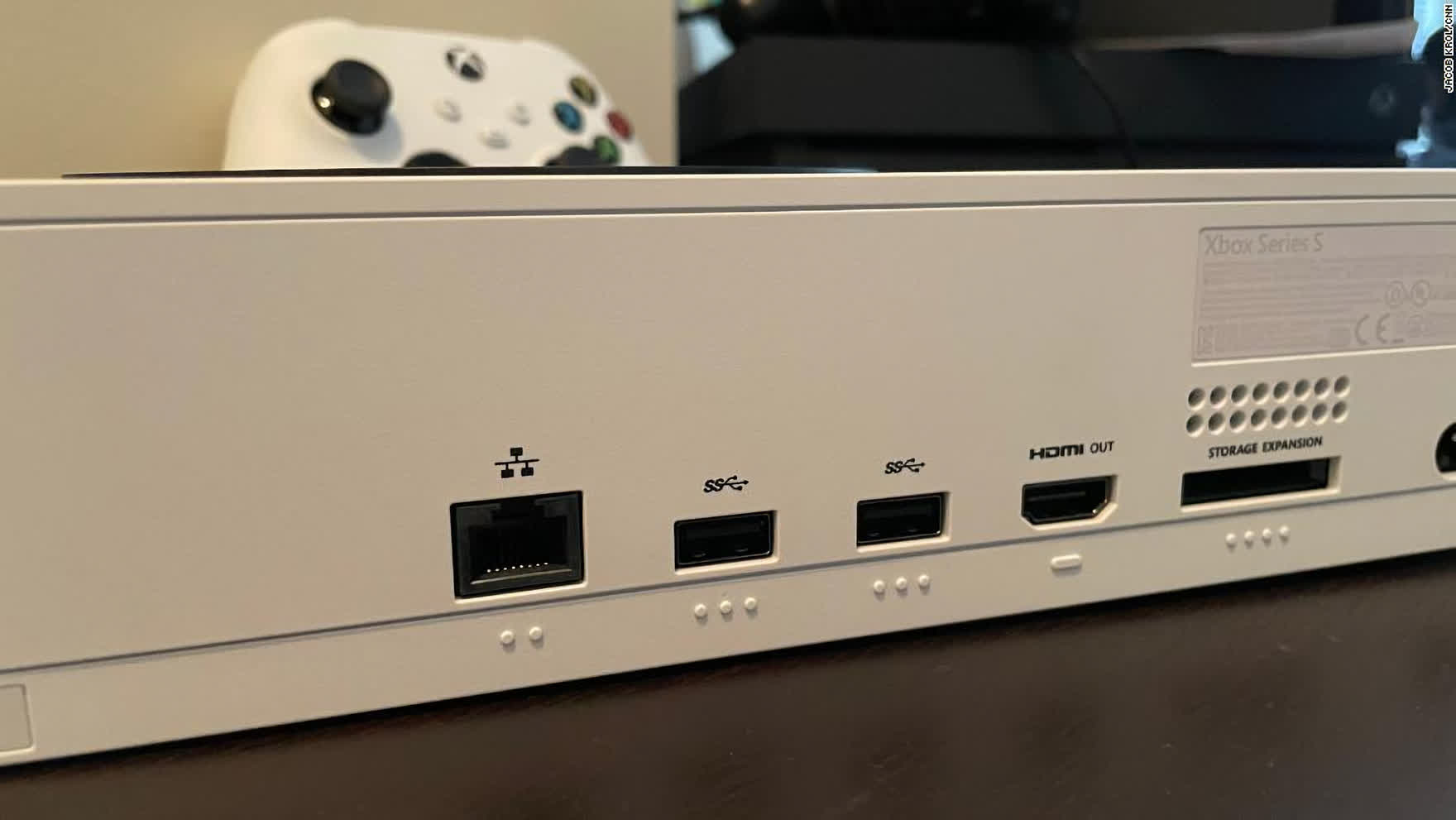
(Image courtesy Jacob Krol, CNN)
Jacob Krol from CNN talks gaming performance:
Most titles, including Gears 5 and Forza Horizon 4, ran smooth with minimal latency and shimmering graphics on a plethora of TVs. The Series S has a maximum of 1440p at 120 frames per second. It gets tricky as most games will likely opt for 60 frames per second (or even less). This is a decision made on a game-by-game basis and is likely due to power constraints internally. While 1440p is kind of in the middle of resolutions (better than 1080pHD but a few steps behind 4K), it’s not all bad news as many TVs will upscale the content to a true 4K experience.
Maddy Myers with Polygon chats about saving space on the Xbox Series S' smaller storage drive:
The good news is that the Xbox Series S does not bother to install all the fancy 4K texture packs that the Xbox Series X and other high-performance hardware will require. For instance, Gears 5 takes up 55.1 GB on my Xbox Series S, but 88.68 GB on my PC. Yakuza: Like a Dragon is 37.2 GB on the Series S, and 45.8 GB on my PC. Watch Dogs: Legion is 35.7 GB on the console, whereas on PC, it’s 45 GB with an additional 20 GB texture pack that’s optional. All this is to say that I was able to install several games at a time on the Xbox Series S, even though I had just 364 GB available to me.
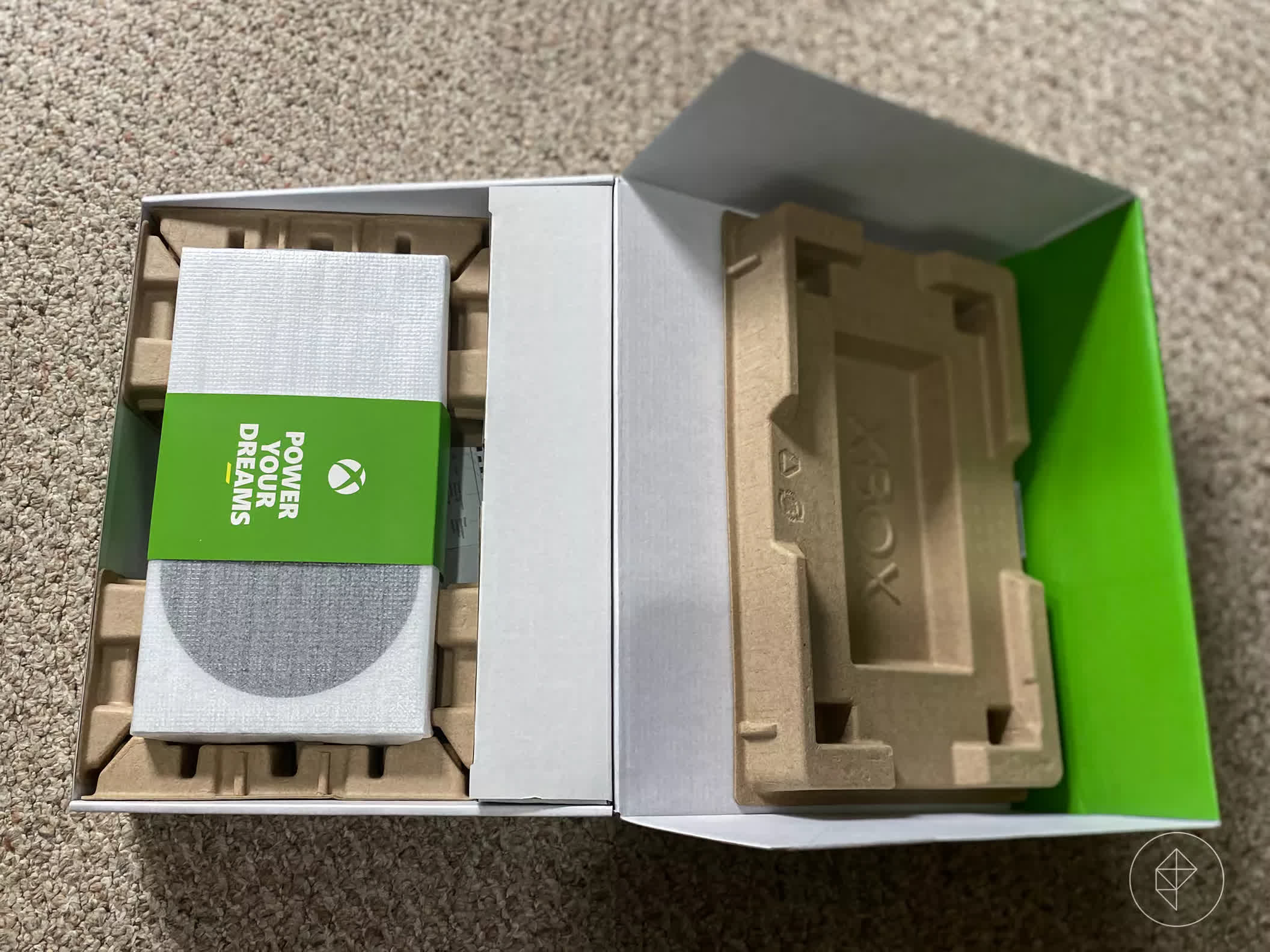
(Image courtesy Maddy Myers, Polygon)
Here's how Engadget sees it, all things considered:
This is the question at the heart of the new console generation: Do you buy the all-digital edition and save some cash up front, or drop a few extra hundred on a full-fat console with more storage space and power? If you’re eager to get your hands on a console with smoother framerates, rapid loading screens and Quick Resume, the Series S gets the job done. However, if you want a console with longevity, the Series X is a better choice in terms of technical fidelity, the inclusion of the disc drive and storage capacity.
IGN sums it all up as follows:
We can only assume that the Xbox Series X will wow us with new and spectacular next-gen games eventually, because there isn’t much to judge it on right now. But in the meantime, no matter what current games you throw at it, your loading times will be drastically cut, your framerates will be smoother, and your resolutions will be higher. This bold and minimalistically designed box is quiet, compact for both the power it packs and especially how it compares to the PS5, capable, and loaded with convenience features like instantly resuming and cycling between any of your recently played games. Compared directly to the PlayStation 5’s specs, it flat-out gives you more power for the same price. It’s going to be a joy to see what developers actually do with it in the coming years.
Lead image courtesy Vjeran Pavic, The Verge
https://www.techspot.com/news/87480-xbox-series-x-s-review-roundup-microsoft-makes.html